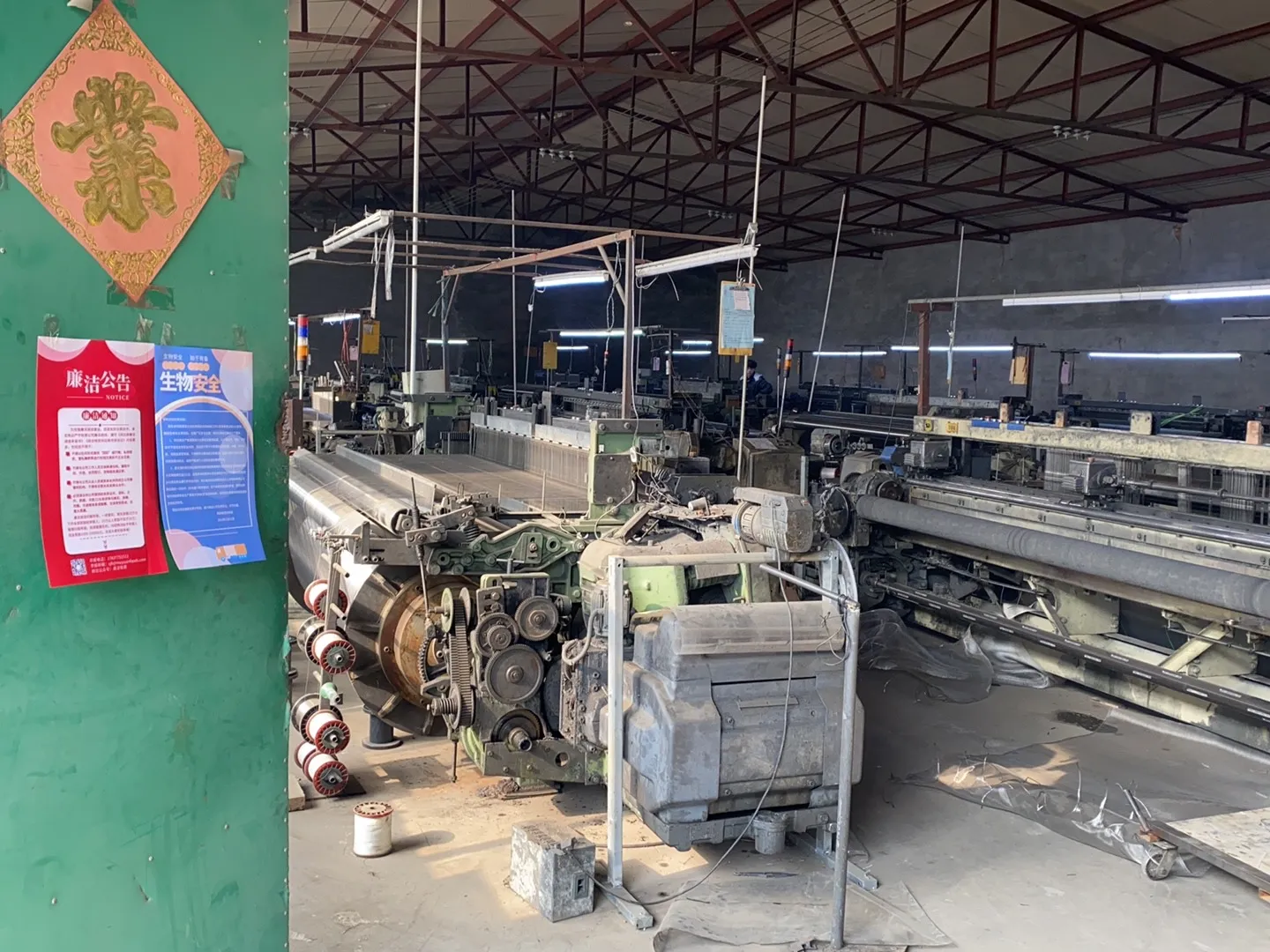-
 Afrikaans
Afrikaans -
 Albanian
Albanian -
 Amharic
Amharic -
 Arabic
Arabic -
 Armenian
Armenian -
 Azerbaijani
Azerbaijani -
 Basque
Basque -
 Belarusian
Belarusian -
 Bengali
Bengali -
 Bosnian
Bosnian -
 Bulgarian
Bulgarian -
 Catalan
Catalan -
 Cebuano
Cebuano -
 China
China -
 Corsican
Corsican -
 Croatian
Croatian -
 Czech
Czech -
 Danish
Danish -
 Dutch
Dutch -
 English
English -
 Esperanto
Esperanto -
 Estonian
Estonian -
 Finnish
Finnish -
 French
French -
 Frisian
Frisian -
 Galician
Galician -
 Georgian
Georgian -
 German
German -
 Greek
Greek -
 Gujarati
Gujarati -
 Haitian Creole
Haitian Creole -
 hausa
hausa -
 hawaiian
hawaiian -
 Hebrew
Hebrew -
 Hindi
Hindi -
 Miao
Miao -
 Hungarian
Hungarian -
 Icelandic
Icelandic -
 igbo
igbo -
 Indonesian
Indonesian -
 irish
irish -
 Italian
Italian -
 Japanese
Japanese -
 Javanese
Javanese -
 Kannada
Kannada -
 kazakh
kazakh -
 Khmer
Khmer -
 Rwandese
Rwandese -
 Korean
Korean -
 Kurdish
Kurdish -
 Kyrgyz
Kyrgyz -
 Lao
Lao -
 Latin
Latin -
 Latvian
Latvian -
 Lithuanian
Lithuanian -
 Luxembourgish
Luxembourgish -
 Macedonian
Macedonian -
 Malgashi
Malgashi -
 Malay
Malay -
 Malayalam
Malayalam -
 Maltese
Maltese -
 Maori
Maori -
 Marathi
Marathi -
 Mongolian
Mongolian -
 Myanmar
Myanmar -
 Nepali
Nepali -
 Norwegian
Norwegian -
 Norwegian
Norwegian -
 Occitan
Occitan -
 Pashto
Pashto -
 Persian
Persian -
 Polish
Polish -
 Portuguese
Portuguese -
 Punjabi
Punjabi -
 Romanian
Romanian -
 Russian
Russian -
 Samoan
Samoan -
 Scottish Gaelic
Scottish Gaelic -
 Serbian
Serbian -
 Sesotho
Sesotho -
 Shona
Shona -
 Sindhi
Sindhi -
 Sinhala
Sinhala -
 Slovak
Slovak -
 Slovenian
Slovenian -
 Somali
Somali -
 Spanish
Spanish -
 Sundanese
Sundanese -
 Swahili
Swahili -
 Swedish
Swedish -
 Tagalog
Tagalog -
 Tajik
Tajik -
 Tamil
Tamil -
 Tatar
Tatar -
 Telugu
Telugu -
 Thai
Thai -
 Turkish
Turkish -
 Turkmen
Turkmen -
 Ukrainian
Ukrainian -
 Urdu
Urdu -
 Uighur
Uighur -
 Uzbek
Uzbek -
 Vietnamese
Vietnamese -
 Welsh
Welsh -
 Bantu
Bantu -
 Yiddish
Yiddish -
 Yoruba
Yoruba -
 Zulu
Zulu
wire mesh in construction
Wire Mesh in Construction A Key Element for Structural Integrity
Wire mesh, a grid-like structure made of interwoven wires, plays a pivotal role in the construction industry. It is utilized in various applications, significantly enhancing the strength and durability of built environments. This article will explore the different types of wire mesh, its applications, benefits, and importance in construction, highlighting its indispensable nature in modern building practices.
Wire mesh is primarily composed of steel, though it can also be made from other materials such as fiberglass or plastic. The most common types of wire mesh used in construction include welded wire mesh, expanded metal mesh, and fibrous wire mesh. Each type has unique characteristics that make it suitable for specific applications. Welded wire mesh consists of wires that are electrically welded together, providing a strong and uniform grid ideal for concrete reinforcement. Expanded metal mesh, created by slitting and stretching a metal sheet, offers excellent drainage and ventilation, making it perfect for use in walkways and security applications. Fibrous wire mesh, often made from synthetic materials, is lightweight and resistant to corrosion, suitable for various non-structural applications.
One of the primary applications of wire mesh in construction is in concrete reinforcement. Concrete, while strong in compression, is weak in tension. By incorporating welded wire mesh into concrete slabs and walls, the tensile strength is significantly enhanced. This reinforcement minimizes the risk of cracks and structural failures, ensuring that buildings remain stable and secure over time. Wire mesh is widely used in foundations, pavements, and roofing systems, making it an essential component in the construction of residential, commercial, and industrial structures.
wire mesh in construction

Furthermore, wire mesh is crucial in creating composite materials, where it acts as a binding agent between different substances. In applications such as precast concrete panels and shotcrete, the integration of wire mesh allows for better adhesion and improved mechanical properties. This synergy between wire mesh and other materials leads to safer and more resilient constructions, ultimately extending the lifespan of the structures.
In addition to its structural advantages, wire mesh offers several other benefits. It is cost-effective, easy to install, and reduces labor time on construction sites. The lightweight nature of wire mesh allows for simplified handling and transport, making it convenient for contractors. Moreover, its versatility allows for customization in sizes and shapes, catering to a wide range of project requirements. This adaptability ensures that wire mesh can meet the specific needs of various construction projects without compromising safety or performance.
Another critical aspect of using wire mesh in construction is its contribution to safety. By reinforcing structures, it significantly reduces the risk of collapse or structural failures that can endanger lives and property. Furthermore, wire mesh can be utilized in security applications, such as perimeter fencing and barriers, providing an added layer of protection for construction sites and finished buildings.
In conclusion, wire mesh is an essential element in modern construction, offering numerous benefits ranging from increased structural integrity to enhanced safety. Its varied applications, cost-effectiveness, and adaptability make it a preferred choice among construction professionals. As the industry continues to evolve and demand for durable and resilient structures grows, the importance of wire mesh will undoubtedly remain a key consideration in construction practices worldwide. Whether reinforcing concrete or providing security, wire mesh contributes significantly to the stability and safety of structures, showcasing its invaluable role in the building industry.
-
Shipping Plastic Bags for Every NeedNewsJul.24,2025
-
Safety Netting: Your Shield in ConstructionNewsJul.24,2025
-
Plastic Mesh Netting for Everyday UseNewsJul.24,2025
-
Nylon Netting for Every UseNewsJul.24,2025
-
Mesh Breeder Box for Fish TanksNewsJul.24,2025
-
Expanded Steel Mesh Offers Durable VersatilityNewsJul.24,2025











